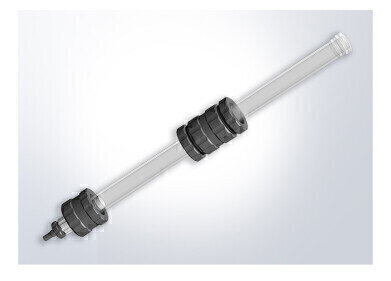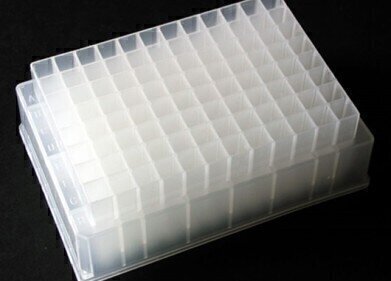Preparative
How to Make the Perfect Smelling Veggie Burger with Chromatography
Jul 31 2016
No matter where the beef for your burger comes from — the environmental damage to the planet is huge. Eating meat, especially beef, has a significant impact on the planet’s environment and climate. And the demand for meat is increasing year on year, as countries like China become wealthier and consumers demand the things taken for granted in the West. Bad news for the planet.
Five years in the making and not a cow in sight
Now a company in the US, Impossible Foods, is about to launch a burger five years in the making — and there isn’t a cow in sight. The burger which looks, cooks, tastes and smells like beef is actually made from plants. The company — like several others making realistic meat-like products — developed the product due to their concern at the cost to environment of meat, and especially beef, production.
But rather than just make a nice burger for vegetarians, Impossible Foods set out to make a burger that would grab the attention of meat eaters — to try and change their eating habits and make the planet a healthier place. And so the company looked at ways that they could replicate a real meat patty — before and after cooking — without the meat.
Meat-free meat
To replicate a traditional meat burger, the company had to find a way to turn a pink coloured uncooked slab of vegetable matter into a sizzling, meaty smelling patty that a carnivore would want to devour. To get the colour and taste just right, they used a source of heme — the iron-containing molecule found in blood — that gives the burgers a nice pink colour before they are cooked and a rich meaty taste after. The heme they use comes from yeast — with a little genetic modification — rather than taking it from plants, which would have had a greater effect on the planet.
Coconut oil helps to provide the sizzle of fat as the burger cooks in the pan, with potato and wheat proteins helping to provide some of the body of the burger. The oil stays as a solid until the heat of the pan melts it, and the sizzle starts. With the formula used, the burger has more protein and less fat than a traditional beef patty.
To achieve the right aroma, the team turned to chromatography and used gas chromatography in tandem with mass spectrometry to find out what components a burger cooking gave off. This allowed the team to identify the components of the burger aroma, allowing them to replicate the smell in the finished vegetable burger. The analysis of food aroma is discussed in the article, Sample Preparation Options for Aroma Analysis.
The burger is being launched in the US very soon, and hopefully it’ll find its way over to the UK. What will Gordon and Jamie think?
Events
Jan 20 2025 Amsterdam, Netherlands
Feb 03 2025 Dubai, UAE
Feb 05 2025 Guangzhou, China
Mar 01 2025 Boston, MA, USA
Mar 04 2025 Berlin, Germany













